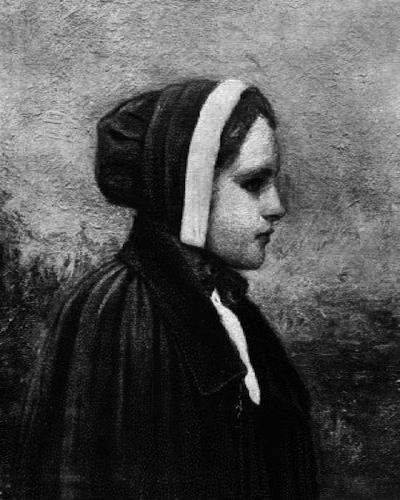Throwback Thursday: The First Salem ‘Witch’ Is Executed
Verily do I remind you on this Throwback Thursday that on June 10, 1692, in the place of Salem, Massachusetts, a woman was put to death for the crime of practicing witchcraft. On that day, Bridget Bishop became the first executed in the Salem Witch Trials.
Goodie Bishop was a middle-aged woman who didn’t stand a good chance of surviving the Salem scare based on her reputation for scandal (by Puritan standards, of course). In Charles Wentworth Upham’s famous 19th century history of the witch trials, he painted Bishop as a having been killed not because of any real evidence that she practiced witchcraft, but because of her bold, unladylike behaviors. “Her freedom from austerity of Puritan manners, and disregard of conventional decorum in her conversation and conduct, brought her into disrepute; and the tongue of gossip was generally loosened against her,” he wrote.
Bishop operated a tavern, was known to stay up late in the night drinking, carousing, and playing “shovel board.” She wore ostentatious clothing, including a black hat and a red bodice with colored loops in it. At her trial, a town dyer mentioned that she used to bring to him “sundry pieces of lace” in shapes and sizes that suggested a dishonest woman. For daring to possess suggestive clothing, for drinking, staying up late, and loosening her tongue, she had already attracted suspicion of witchcraft more than once. But it was not until she got caught up in a broader hysteria that the accusations cost her her life.
She was not the first to be arrested in 1692. Still, her trial came first, the same day that she was indicted. It focused as much on her non-Puritan lifestyle as any direct accusations of witchcraft. She was found guilty and hung. But the speed and manner of the trial gave some in Salem pause. They halted executions for several weeks while they sought advice from the ministers in Boston who, unfortunately, told them to carry on with the prosecutions.
Since then, of course, her reputation has recovered along with the reputations of all those executed after her. And the trials now thankfully represent a lesson in the perils of mass hysteria, not a warning to women who dare to do such hideous acts as wear dyed clothing, stay up late in taverns, or speak their minds.



